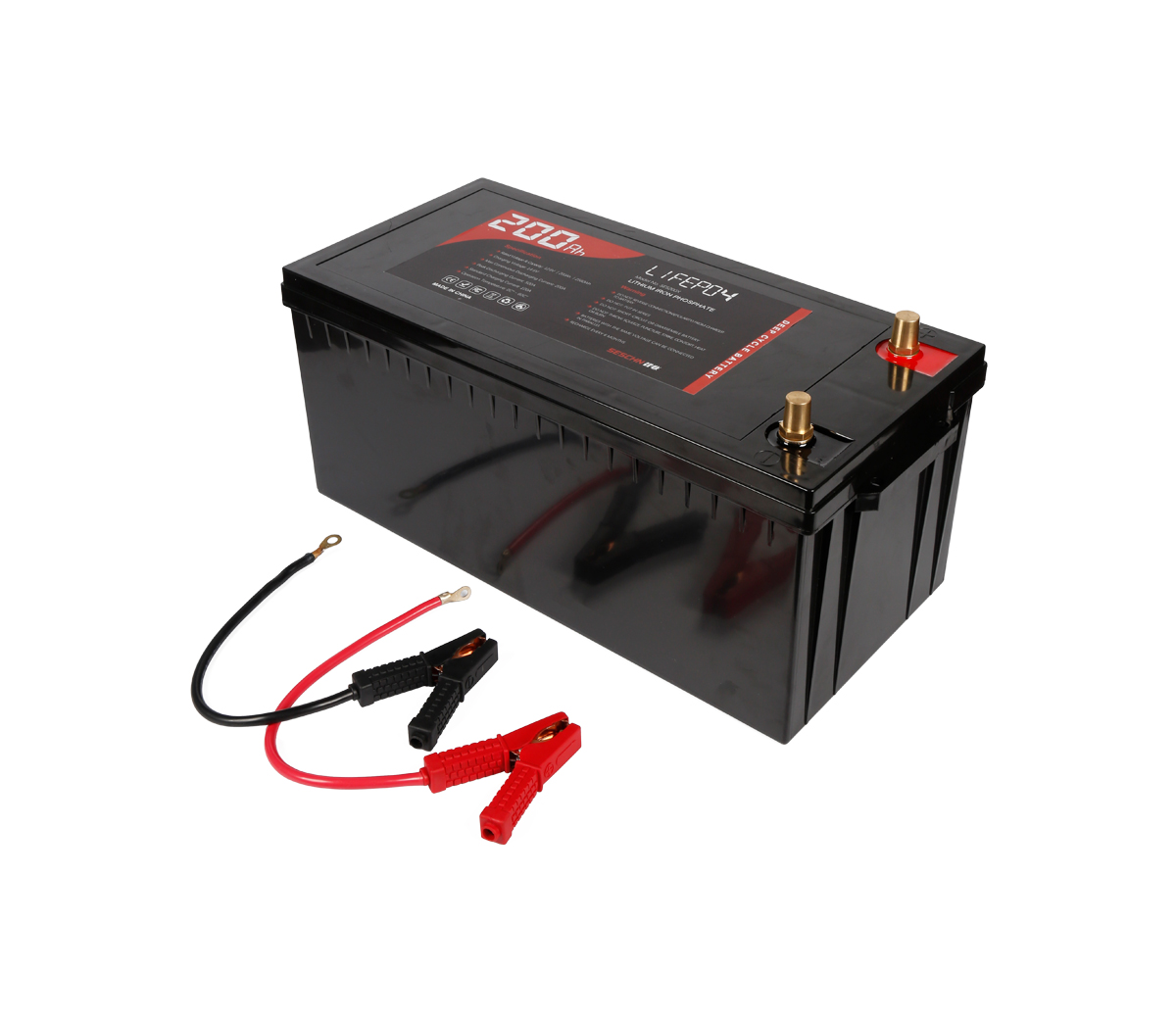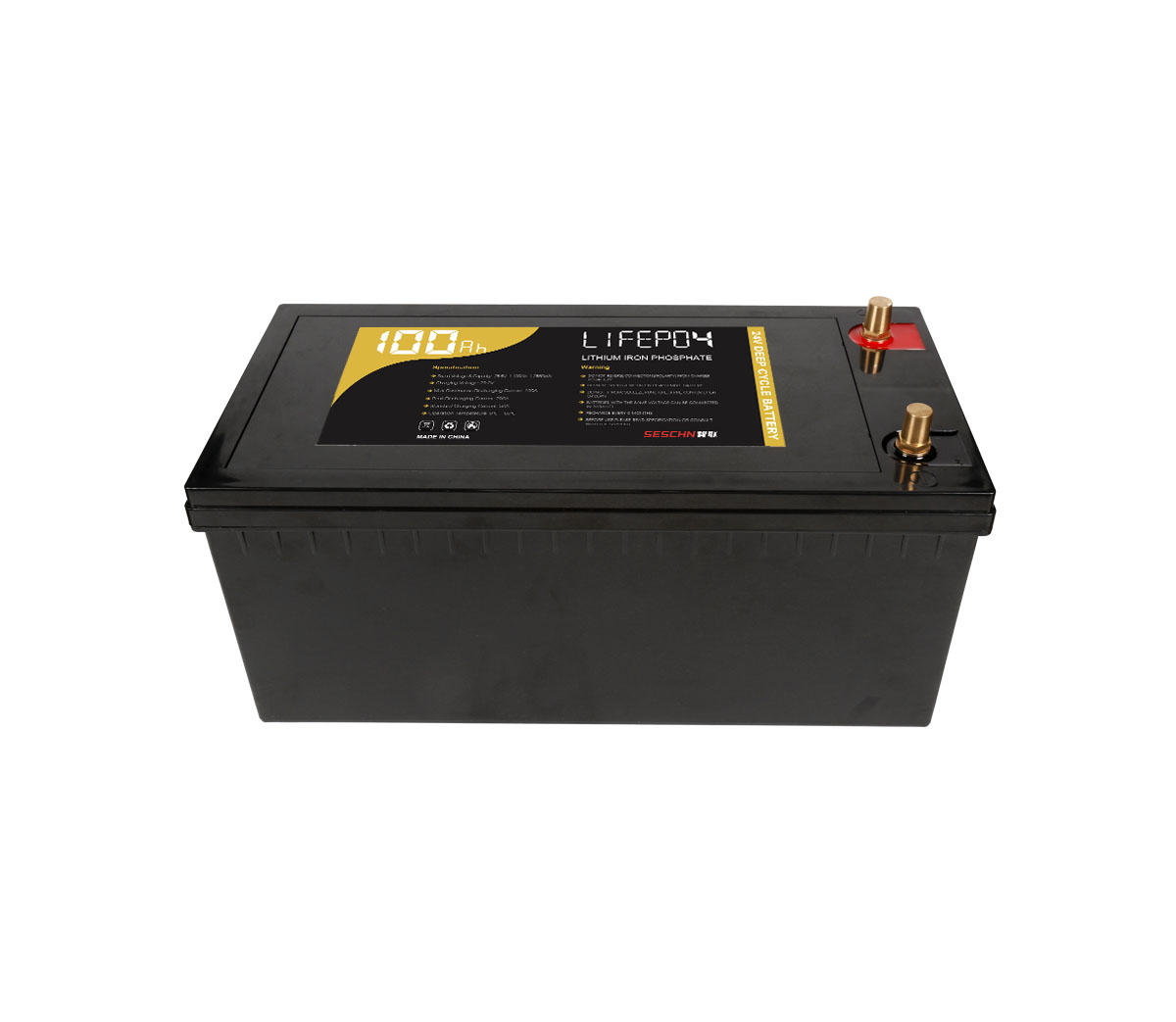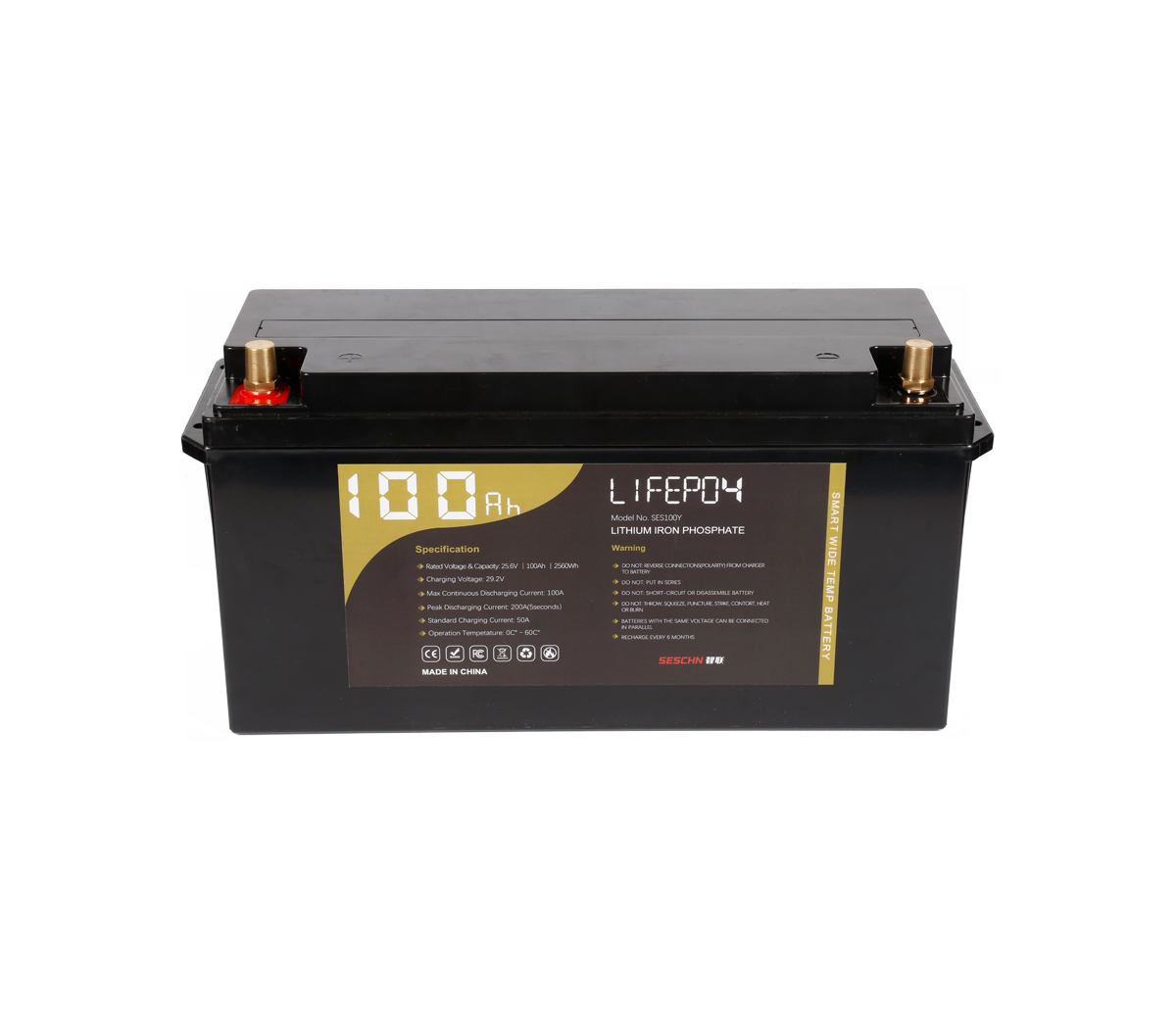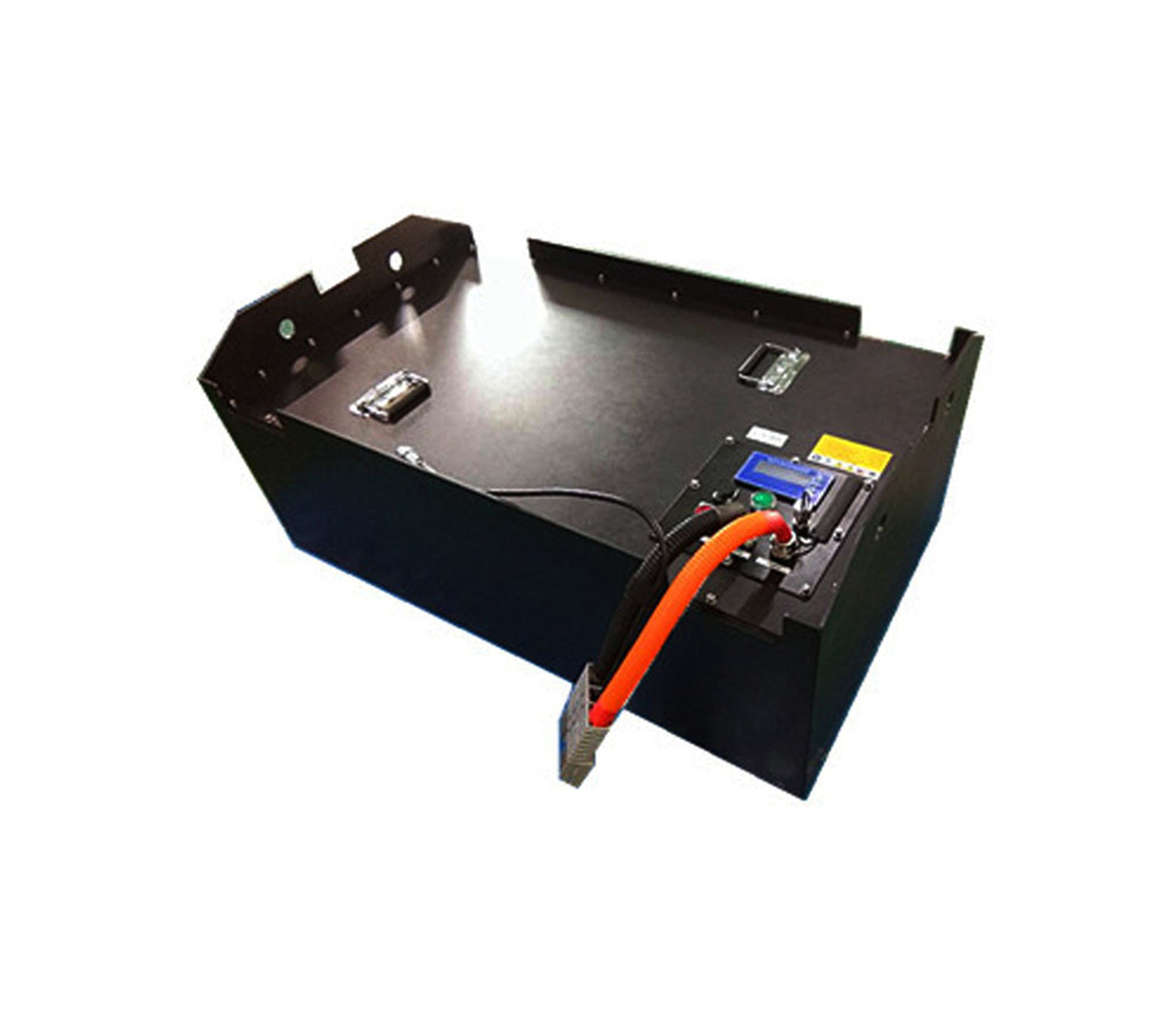What is the status quo of the industrialization technology of NCA materials
for lithium batteries?
As the content of Ni% in multi-element materials increases, the specific
capacity of the material increases, and at the same time it brings more
technical problems: cycle performance, especially high-temperature cycle
performance issues, rate issues, safety issues, alkaline impurity content and
the resulting problems The problem of strong water absorption (high water
content).
NCA material industrialization technology research status

NCA precursor production process route
At present, there are 3 types of technical routes usually adopted by major
NCA manufacturers at home and abroad:
Among the above three processes, the first and third options Al element is
added in the subsequent sintering or cladding process. In this method, the
distribution of Al element is uneven, and the surface layer Al content is high,
forming an inert layer, reducing the capacity of the final product, and the
process Complex, increase production costs. In the second scheme, the Al element
can be evenly distributed, the product performance is more excellent, the
production process is simple, and the cost is low, but the preparation
technology of the precursor is more difficult.
The most mainstream technology route at present is the Ni1-x-yCoxAly(OH)2
preparation process route, such as Sumitomo Japan and Toda Japan, which have
entered the mass production stage. This method generally uses sulfate as a raw
material, through sodium hydroxide and a complexing agent to make the precursor
Ni1-x-yCoxAly(OH)2 co-precipitated with Ni, Co, and Al, and then filter, wash,
dry and other methods to make product. The advantages of this process are low
production cost, simple process, and more suitable for large-scale industrial
production.
02
NCA sintering process route
The raw material lithium source of NCA usually uses lithium hydroxide.
Because the sintering temperature of NCA cannot be too high, generally not
exceeding 800°C, when lithium carbonate is used as raw material, the thermal
decomposition of lithium carbonate is not complete, resulting in too much
lithium carbonate on the surface of NCA, which makes NCA The surface is too
alkaline, and the sensitivity to humidity is enhanced; at the same time, the
melting point of lithium hydroxide is lower than that of lithium carbonate,
which is more beneficial to the low-temperature sintering of NCA. However, due
to the strong volatility and strong irritating smell of lithium hydroxide, a
well-ventilated production environment is required. The sintering atmosphere of
NCA needs to be in a pure oxygen atmosphere to ensure the oxidation of Ni2+ to
Ni3+. At the same time, due to the thermodynamic instability of Ni3+, the
sintering temperature of NCA cannot be too low or too high. At present, the best
sintering temperature of NCA is 700-800℃.
03
NCA material modification technology research status
As the content of Ni% in multi-element materials increases, the specific
capacity of the material increases, and at the same time it brings more
technical problems: cycle performance, especially high-temperature cycle
performance issues, rate issues, safety issues, alkaline impurity content and
the resulting problems The problem of strong water absorption (high water
content). In response to these problems, in recent years, researchers have
adopted a variety of anions, cations or multiple bulk phase doping to stabilize
the structure of high nickel materials to achieve the effect of improving cycle
and storage performance. In addition, coating is also an effective method to
prevent the electrolyte from corroding the cathode material and improve the
material circulation and storage stability. However, none of these methods can
solve the problem of residual alkaline impurities in high-nickel materials,
which is a key bottleneck for the industrialization and large-scale application
of high-nickel materials.



































